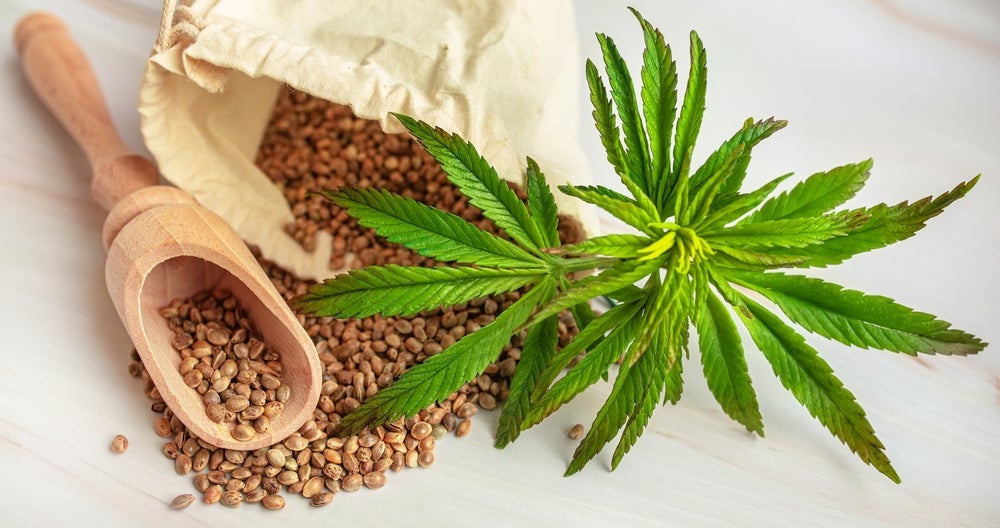
Limited Time Only - FREE SHIPPING ON ALL ORDERS!!!
ACMPR Wholesale Orders "Click Here"
All Orders Arrive in 1 week

If you’re a culinary enthusiast and a cannabis connoisseur, you’re in for a treat. Imagine having access to a garden of aromatic, flavorful cannabis plants tailored to your culinary desires. It’s not a dream—it’s the magic of cannabis cloning for culinary creations.
The Marriage of Cannabis and Culinary Arts
Cannabis and cuisine have been intertwined for centuries, with cultures around the world infusing this versatile plant into their culinary traditions. Cannabis can impart a wide range of flavors and aromas, from earthy and woody to citrusy and spicy, making it a fascinating ingredient for creative cooks.
But here’s the twist: the flavors and aromas of cannabis can vary greatly based on the strain and growing conditions. This is where cannabis cloning enters the kitchen.
The Art of Cannabis Cloning
Cannabis cloning involves taking cuttings, or clones, from a “mother” cannabis plant. These clones have the same genetic makeup as the mother plant, ensuring that they will grow into nearly identical plants. By selecting specific strains known for their unique flavor profiles and growing your own clones, you have the power to create a culinary cannabis garden tailored to your palate.
Getting Started with Cannabis Cloning for Culinary Use
Here’s a simple guide to start your journey into the world of cannabis cloning for culinary creations:
1. Choose Your Culinary Strains:
Select cannabis strains known for their flavorful and aromatic profiles. Consider strains with citrusy, fruity, or spicy notes, as they can add depth and complexity to your dishes.
2. Find the Right Mother Plant:
Your mother plant will be the source of your clones. Look for a healthy and vigorous plant with the desired flavor characteristics.
3. Take Cuttings:
Carefully take cuttings from the mother plant, ensuring that each cutting has a stem with several nodes (where leaves and branches grow) and some healthy leaves. These cuttings will become your clones.
4. Root the Cuttings:
Place the cuttings in a suitable growing medium and provide them with the right conditions for rooting. This includes maintaining the appropriate humidity and temperature levels.
5. Transplant and Cultivate:
Once your clones have developed strong roots, transplant them into larger pots or your garden. Continue to care for them as they grow, ensuring they receive the necessary nutrients and light.
6. Harvest and Experiment:
As your cannabis plants mature, harvest the flavorful buds and leaves. Now comes the fun part—experimenting in the kitchen. Infuse your culinary creations with cannabis, exploring various cooking techniques and recipes.
Culinary Cannabis Creations
The possibilities for culinary creations with cannabis are virtually endless. Here are some ideas to get you started:
Infused Oils and Butters: Create cannabis-infused oils or butters to use in sautés, dressings, or as a drizzle over dishes.
Herb Blends: Incorporate dried and ground cannabis leaves into spice blends, adding a unique depth of flavor to your dishes.
Desserts: Craft delectable desserts like cannabis-infused chocolates, cookies, or ice creams for a sweet and elevated treat.
Sauces and Marinades: Experiment with cannabis-infused sauces and marinades to add a touch of sophistication to your savory dishes.
Final Thoughts
Cannabis cloning for culinary creations is an exciting journey into the world of flavor and innovation. With careful selection of strains, nurturing of clones, and a dash of culinary creativity, you can elevate your dishes to new heights. Just remember to enjoy your creations responsibly and be mindful of the dosage when sharing your culinary cannabis delights with others. Happy cooking!
To learn more about specific subtopics within Cannabis Clones, we have dedicated articles on Terpenes: The Hidden Gems in Cannabis Strains, Unveiling The Calming Power of Limonene in Cannabis, and CBD vs. THC: What’s The Difference?